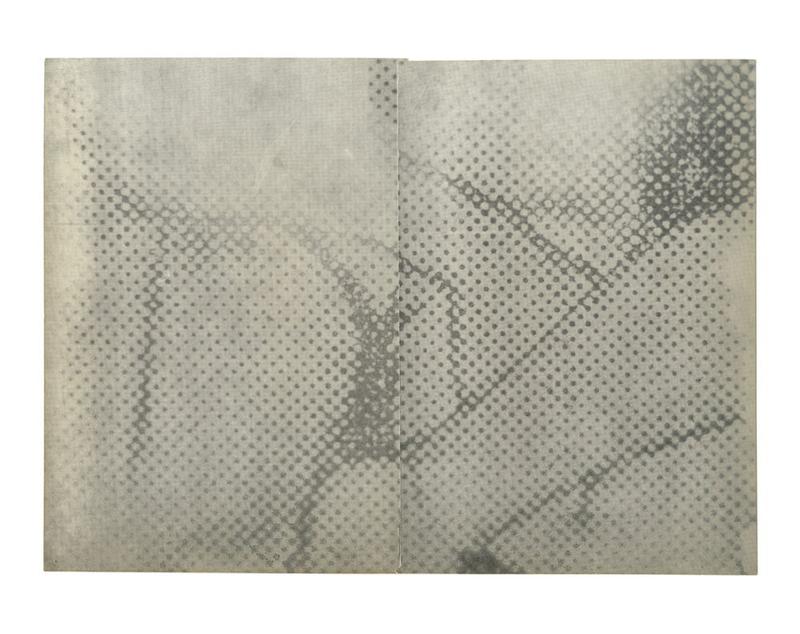A counter-photography essay
Taki Koji (1928–2011) was a core figure at the Japanese photography magazine Provoke (1968–1970), but his aloofness and his opting to concentrate on writing rather than his visual work have relegated him to footnote status in the history of the movement. Even so, his career and decisions possess a consistency that needs reappraisal if we are to properly measure the magazine’s critical impact. Taki’s stance embodies a critique of the photographic medium seen as inadequate and disappointing in its inability to capture the world as a totality. Provoke actually looks less like an art magazine and more like a “counter-photography” magazine, and Taki’s shift to theory and his abandoning of the medium are ultimately no more than the logical extension of his critique of the image through the image.

Taki Kōji, photographie tirée de l’album Mazu tashikarashisa no sekai wo sutero, Tokyo, Tabata shoten, 1970, n. p.
Michael Lucken, professor emeritus and head of the Japanese Studies Centre at France’s National Institute of Oriental Languages and Civilisations, is a specialist in the aesthetics and cultural history of modern Japan. He is currently researching the history of criticism of the media and the philhellenism of the 1930s and 1940s. His recent publications include Les Fleurs artificielles. Imitation, création et logique de domination (Presses de l’Inalco, 2015), Nakai Masakazu. Naissance de la théorie critique au Japon (Les presses du réel, 2016) and Japon. L’Archipel du sens (Perrin, 2016).
Keywords: Provoke, Taki Koji, Moriyama Daido, Nakahira Takuma, Japanese photography, critique, excreta, counterphotography
Citation: Michael Lucken, « Taki Kōji. Essai de contre-photographie », Transbordeur. Photographie histoire société, no. 2, 2018, pp. 200-217.